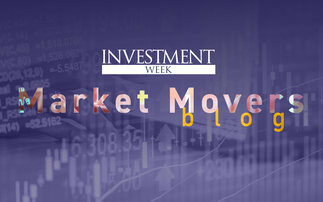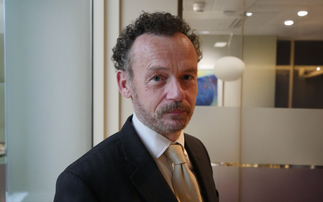Industry Voice: Sponsored by PIMCO
Following the Federal Reserve's pivot to patience, we believe U.S. short-term interest rates are now anchored in The New Neutral. Global growth keeps synching lower, but may experience a soft landing later this year if China's economy stabilizes and trade tensions ease. However, political uncertainties suggest a cautious overall approach to investing.
These are three key conclusions we discuss in detail in our latest Cyclical Outlook, "Flatlining at The New Neutral".
The Fed embraces The New Neutral and revisits policy strategy
The most consequential recent development for global markets was the Fed's pivot from projecting further gradual rate increases to adopting a patient, wait-and-see attitude on rates and signaling an end to balance sheet runoff later this year.
In addition, the Fed has now acknowledged that the current policy rate (2.25% to 2.5%) may be at or close to neutral, in line with PIMCO's long-standing view of a New Neutral range of 2%-3%. We expect the fed funds rate to broadly flatline at the current level for the foreseeable future.
The Fed also announced it is reviewing its monetary policy strategy later this year. We expect any changes in the Fed's framework to be evolutionary rather than revolutionary, but we would expect the Fed not only to tolerate but to welcome a moderate inflation overshoot, should it occur.
Global cycle: China is the swing factor
The slowdown of global growth over the past year despite massive fiscal stimulus in the U.S. and still-supportive monetary policies in the advanced economies illustrates that, more than ever, China is a key driver of the global cycle. The Chinese government's deleveraging campaign and the trade conflict with the U.S. contributed to a slump in global trade growth, which in turn dragged down business confidence and investment around the world.
So far, there are few signs that the global trade cycle has bottomed, and we see global growth still synching lower in the near term. However, we see a good chance that global growth will stabilize or even pick up moderately later this year. One reason for our cautious optimism is the easing of global financial conditions since the Fed's dovish pivot. Another is that China has recently stepped up the pace of fiscal and monetary easing, in effect "flooding" the entire system. These factors could enable a soft landing of sorts for the global economy - albeit with further air pockets along the flight path.
Risks: simmering trade conflicts and fiscal policy shifts
While markets have fully priced in a U.S.-China trade deal, they are probably underestimating the potential for trade flare-ups elsewhere. NAFTA's replacement, the USMCA (U.S.-Mexico-Canada Agreement), faces significant challenges to pass Congress, and President Trump may decide to withdraw from NAFTA in order to increase pressure on Congress to pass the deal. In addition, the Trump administration may threaten or even go so far as to impose tariffs on auto and auto parts imports. Though a full-blown global trade war is unlikely, we expect trade tensions to continue to simmer, leading to occasional bouts of market volatility.
Fiscal policy is another source of uncertainty and potential volatility, with proposals in Europe and the U.S. to levy wealth taxes, increase marginal income and corporate tax rates, introduce universal basic income, and break up large tech companies. And while it is unlikely to become real policy in the foreseeable future, the recent prominence of Modern Monetary Theory (MMT) in the public debate is symptomatic of a broader paradigm shift toward a view that fiscal policy should become a more active tool to stimulate growth, counter the global savings glut, and address rising income and wealth inequality.
Investment implications
Financial markets have priced in the "synching lower" growth theme and central bank dovishness, but we continue to be concerned about longer-term recession risks, shifts in the balance between monetary and fiscal policy, trade tensions, and political populism. Therefore, we remain cautious in our overall macro positioning. We emphasize flexibility and liquidity, keeping powder dry to be put to use during periods of higher volatility.
Read PIMCO's latest Cyclical Outlook, "Flatlining at The New Neutral", for further insights into the outlook for the global economy along with takeaways for investors.











